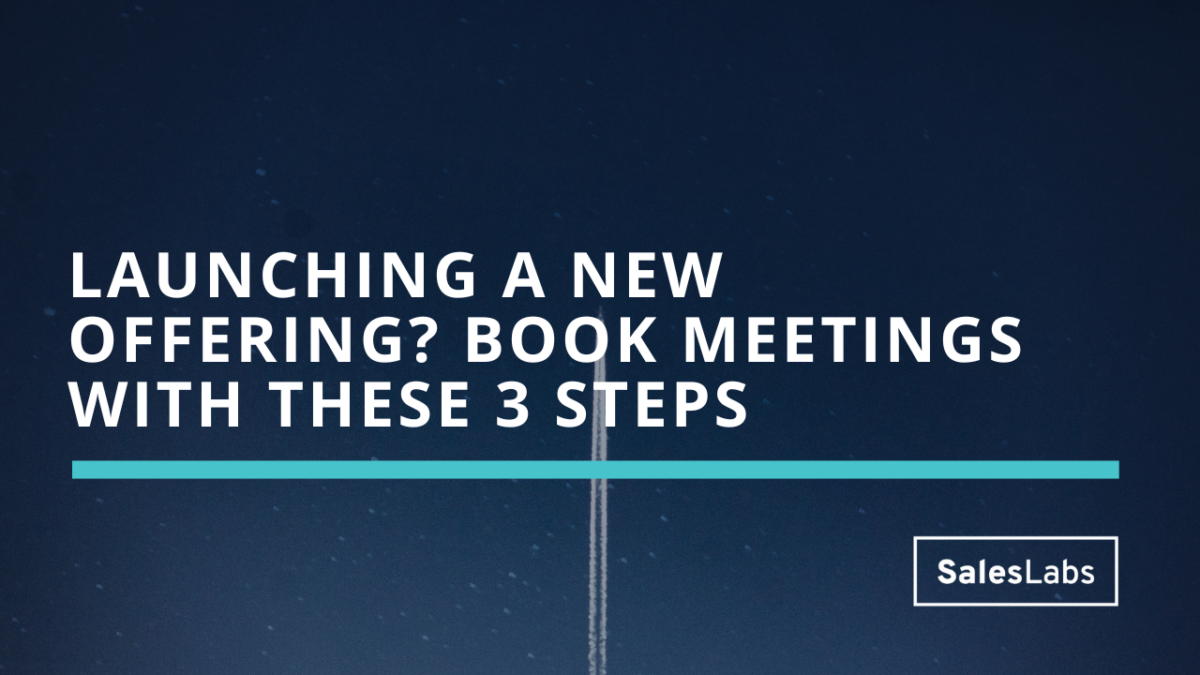Job security is an illusion (especially in sales)
In today’s newsletter, I’ll share why I think job security is an illusion in sales, and what you can do about it. I’ve been selling since I’m 15 years old (I prospected small aircraft owners to wash their airplanes), and I’ve sold everything, from professional services to influencer deals.
Instability and change have been constant in my journey, but it never prevented me from sleeping at night. There’s always an opportunity to make another dollar.
Here’s why I think job security is an illusion:
You’re only as good as your last quarter
If you’ve been in sales for a while, you know how it feels. When you reach your targets, you get all the spotlight, you’re part of the family, and everyone comes to you for advice and war stories.
But as soon as you miss the mark, you’re just a number. And if you keep missing the mark, you’re put on a Performance Improvement Plan, right before departing the company in the next round of layoffs.
That’s the reality of working in sales. The upsides are immense, but the downsides are deep.
Your manager will get replaced every 12 to 18 months
You’re not the only one to feel the pressure. Imagine being responsible for your own quota + the one of 3 to 5 other colleagues. If one of them misses the mark, you’ll have a few weeks to help, otherwise you need to fire them.
That’s what your manager has to deal with. If you thought your job was stressful, try managing a sales team.
As a result, your manager will last 12 to 18 months before being:
- fired
- put on a pip
- burn out and quit
I’m intentionally being dramatic, but changing managers is a constant in sales, which means you’re potentially 18 months away from working with psychopath (power-hungry people often share this trait).
Technology is making everything obsolete
In case you didn’t notice, we’re living in the world of tech and AI. New tools emerge every week and some of them wipe out entire business units in months. Look at the translation industry.
Luckily, sales isn’t too impacted by these changes (for now). AI SDRs are disappearing as quickly as they appeared, and salespeople are realizing that AI won’t replace them just yet.
But I can guarantee you that tech will keep disrupting entire industries, and destroy jobs that everyone thought were safe (it will create a lot of other jobs too).
What you can do about it
In my opinion, good salespeople know how to find a wave, surf it as long as they can, and find a new one when the old one is dying (I’ve never surfed, but I thought this analogy made sense).
When you accept this reality, you can start working on building a system to keep finding new waves, ride them, and repeat. Instead of working for a single employer, and praying for things to work, you can develop a portfolio career, where you find shorter-term contracts so you can test out the wave before fully committing.
This may seem scary to most people, but building a portfolio career is a process, not a radical decision you take.
If you’re interested in starting this journey, I have created a Portfolio Career Launch Plan. It’s a 15-seconds survey, where you answer a few questions about your current situation and your skills, and I send you a personalized plan, with contract ideas and suggestions. You’ll also be signed up to my Portfolio Career Waitlist, where I document my journey building a system to help you work when, where, and how you want.
Hope this helps.
Cheers,
Thibaut Souyris
P.S. When you’re ready, here are 3 ways I can help you:
→ (NEW) Get your free, personalized Portfolio Career Launch Plan
→ Enroll in The Prospecting Engine
→ Need to train your team or invite me as a speaker? Book a call here
Subscribe to the Newsletter
Get my free, 4 min weekly newsletter. Used by 5.400+ salespeople to book more meetings and work when, where, and how they want.
Subscribe to the Newsletter
Get my free, 4 min weekly newsletter. Used by 5.400+ salespeople to book more meetings and work when, where, and how they want.










